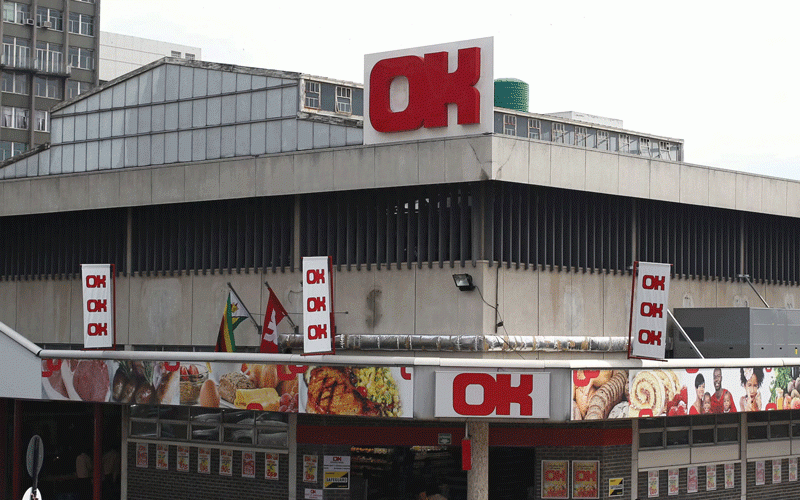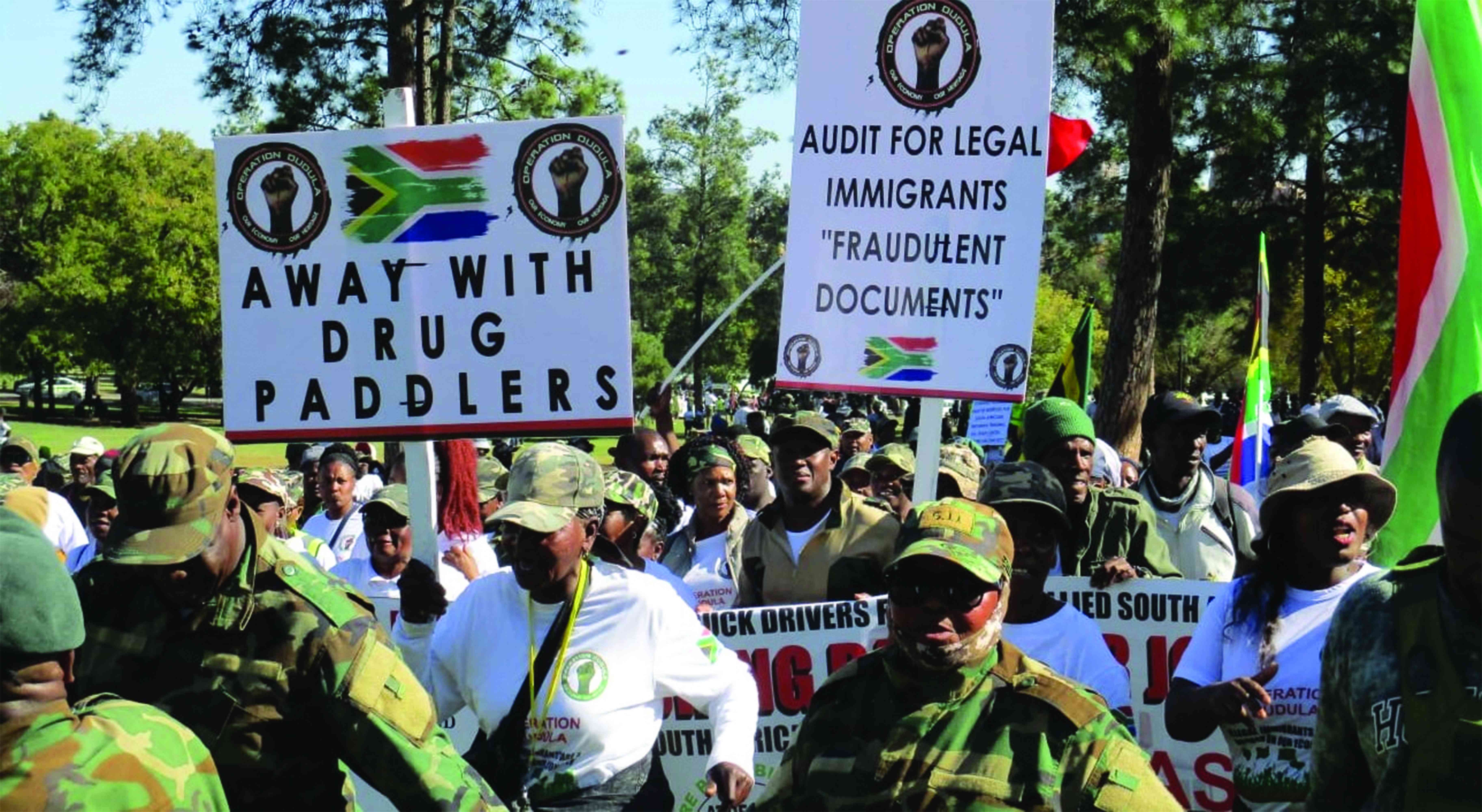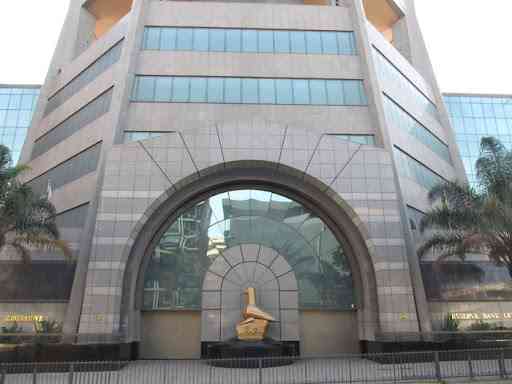
THE World Bank’s recent reclassification of countries reveals a significant reduction in nations categorised as “low-income”, a development hailed as a success story for global cooperation and trade.
However, emerging economic trends and expert forecasts cast a shadow of uncertainty over the future growth trajectory of developing economies, raising critical questions about sustained progress.
A notable shift has occurred in the global economic hierarchy, with the World Bank reporting that nearly half of the countries initially classified as “low-income” in 1987 have since ascended to higher income brackets.
This progress, achieved between 1987 and 2024, signifies a positive development, demonstrating the potential for economic uplift through global integration and development aid.
Yet this apparent success is increasingly being scrutinised in light of a widening growth gap anticipated between developing nations and their wealthier counterparts.
Chief economists surveyed by the World Economic Forum (WEF) project a divergence in economic growth in the coming years, influenced by factors such as political instability, weakened institutional frameworks and a perceived weakening of global integration.
This outlook suggests that the pathways to upward economic mobility that benefited many in the past may become more challenging for others. The journey of nations like Guyana serves as a stark illustration of rapid economic transformation.
The discovery of vast oil reserves propelled it from a low-income country to one of the richest per capita in the world. Yet this meteoric rise, while exceptional, is not representative of the more gradual, but steady ascent experienced by many others.
- Sadc meets over water, energy and food security
- Lesotho mining magnate's new party wins most seats
- NPA, Zacc battle US$28m graft cases
- NPA, Zacc battle US$28m graft cases.
Keep Reading
These nations have historically relied on a combination of development aid and a strategic embrace of globalisation to foster economic growth.
The case of Lesotho, a southern African nation that graduated from the “low-income” group in 2005, highlights the intricate and often fragile nature of such progress.
For years, Lesotho carved out a significant niche in global trade by exporting millions of pairs of jeans to the United States, an opportunity created by the relocation of manufacturers from apartheid-era South Africa and the preferential trade terms offered under the US African Growth and Opportunity Act (AGOA).
However, Lesotho’s economic stability has recently been severely tested. The imposition of significant tariffs by the United States, coupled with the effective cancellation of AGOA, has led to order cancellations and major layoffs in its critical textile sector.
This economic shock is compounded by a reduction in foreign aid, undermining vital public services, including HIV-prevention efforts, and culminating in Lesotho declaring a national state of disaster.
This situation underscores the vulnerability of developing economies to shifts in global trade policies and international support.
The World Bank’s income classifications, updated annually-based on Gross National Income (GNI) per capita; provide a benchmark for assessing economic progress.
The threshold for moving from “low-income” to “lower-middle-income” is currently set at US$1,136 GNI per capita.
While these classifications capture real changes in income, they are not without limitations, as they fail to fully account for income quality, social well-being, or the impact of fluctuating exchange rates.
Even countries that have successfully navigated these classifications, such as Bangladesh and Chile, have encountered their own obstacles.
Bangladesh, after experiencing a “miraculous” boom in textile manufacturing, has grappled with business-related human rights issues and political instability.
Chile, having transitioned to a “highincome” economy, faced social upheaval and threats to its primary export, copper, from US tariffs.
The upcoming World Bank and International Monetary Fund (IMF) Fall Meetings are expected to address these complex issues, with an emphasis on building capacity in developing economies during these uncertain times.
The discussions will likely explore new strategies for fostering international cooperation and trade, seeking pathways to sustained growth that are resilient to geopolitical shocks and that transcend simplistic economic labels.
As the global economic landscape continues to evolve, the challenge lies in ensuring that lessons learned from past successes inform future policy decisions.
The goal must be to create an environment in which all nations have a genuine opportunity to thrive, not only in terms of income levels, but in overall sustainable development and well-being.
The thinning of the “low-income” ranks is a welcome sign, but the true measure of progress will be the ability of developing economies to maintain their upward trajectory in an increasingly complex and unpredictable global arena.
Amid this global reclassification, Zimbabwe stands as a compelling case study of a nation where official classification masks deep structural volatility.
The country is currently classified by the World Bank as a “lower-middle-income” country (LMIC), placing it above the baseline low-income threshold (US$1,136 GNI per capita) and reflecting its considerable mineral wealth, platinum, gold, lithium and periods of strong commodity prices.
However, Zimbabwe’s economic trajectory remains fragile and unpredictable. Unlike the sustained, gradual growth seen in some successful transitions, Zimbabwe’s path is characterised by volatility. The country grapples with chronic hyperinflation, structural debt that restricts access to crucial international financial markets and recurrent currency crises.
Economists note that Zimbabwe’s difficulties align closely with the risks identified by the WEF: domestic political instability and weakened institutional frameworks.
These factors repeatedly undermine attempts at economic stabilisation, leaving the country vulnerable to external shocks and hindering the consistent, long-term growth required to progress into the “upper-middle-income” bracket.
Lesotho’s dependence on foreign aid and trade agreements highlights the external forces that can halt economic progress overnight.
For Zimbabwe, while many challenges are internal, its reliance on commodity exports makes it equally susceptible to shifts in global demand and geopolitical trade friction.
“The issue isn’t just about reaching a new income bracket, but about building resilience that can withstand global headwinds,” commented one regional development economist ahead of the upcoming international meetings.
“For countries such as Zimbabwe, the primary challenge is achieving macro-economic stability and reforms that decouple economic growth from political cycles.”
The World Bank’s classifications, while useful, only reflect GNI per capita and fail to capture the nuances of income quality, inequality, or institutional strength — yet these are critical determinants of sustained development.
As the global economic environment becomes more complex, even successful graduates such as Bangladesh — confronting human rights concerns in its booming textile sector, and Chile, transitioning to high-income, but experiencing severe social unrest — demonstrate that higher income status does not guarantee social or political stability.
The complex challenges facing LMICs and other developing nations will be central to the upcoming World Bank and IMF Fall Meetings. Discussions are expected to focus heavily on strengthening institutional capacity and identifying new strategies for international cooperation that foster growth resilient to geopolitical shifts.
The thinning of the “low-income” ranks is a positive sign for global development. But the true test of success will be whether nations currently situated in the fragile middle, such as Zimbabwe, can secure sustainable, equitable growth without succumbing to the instability that has historically derailed progress.
- Nyawo is a development practitioner, writer and public speaker. These weekly articles are coordinated by Lovemore Kadenge, an independent consultant, managing consultant of Zawale Consultants (Pvt) Limited, past president of the Zimbabwe Economics Society and past president of the Chartered Governance & Accountancy Institute in Zimbabwe. — [email protected] or mobile: +263 772 382 852











